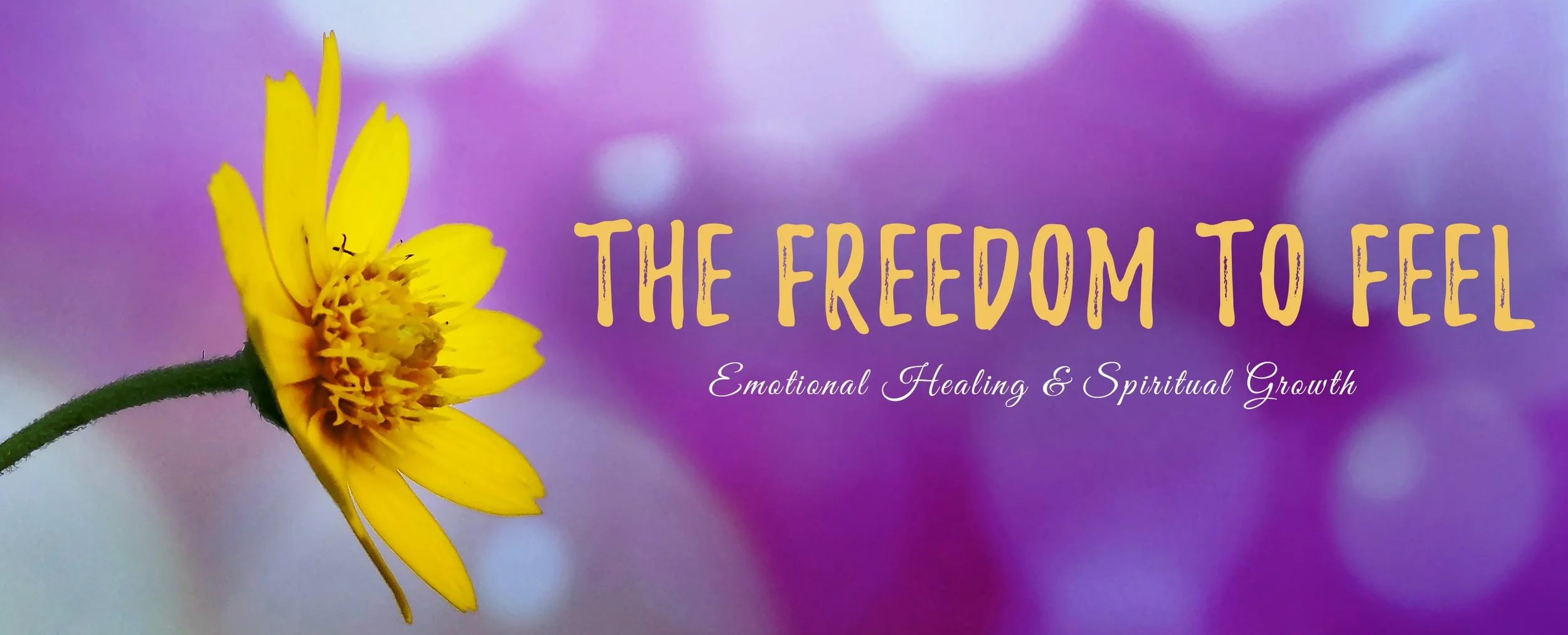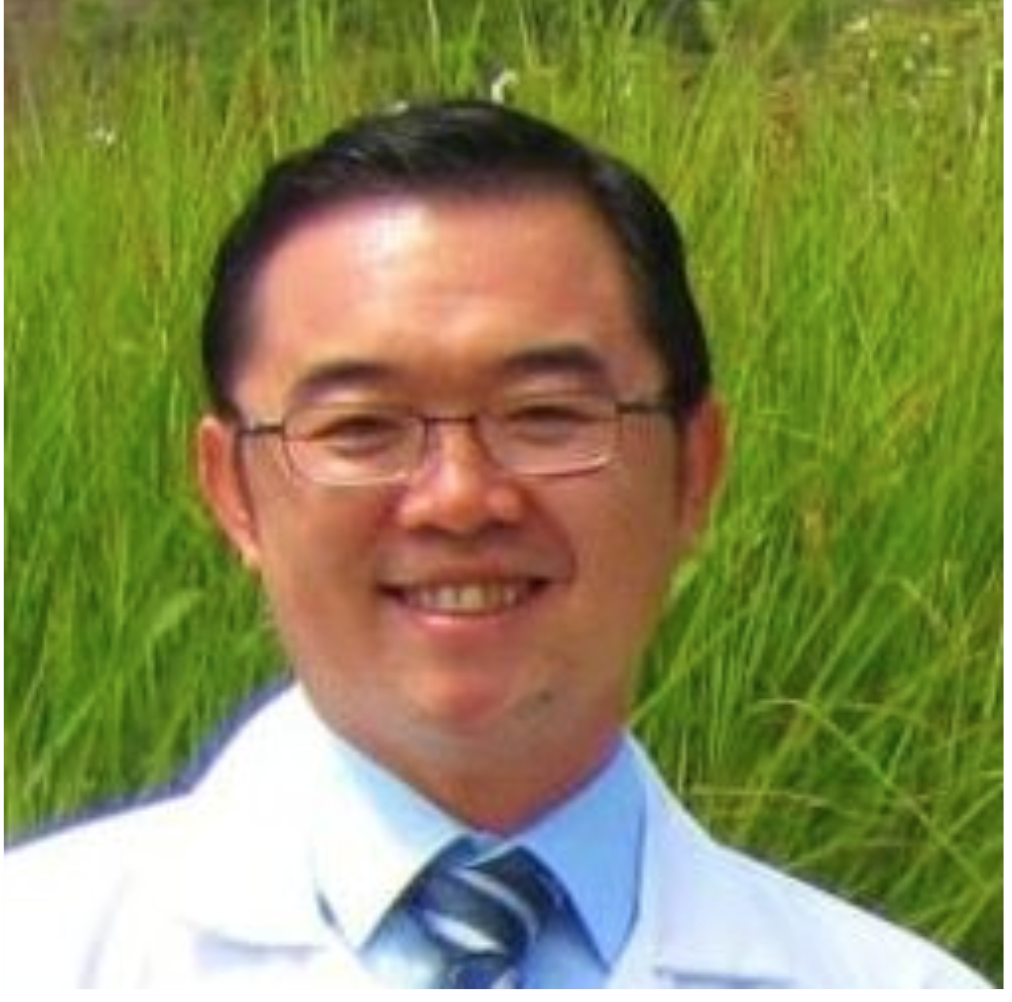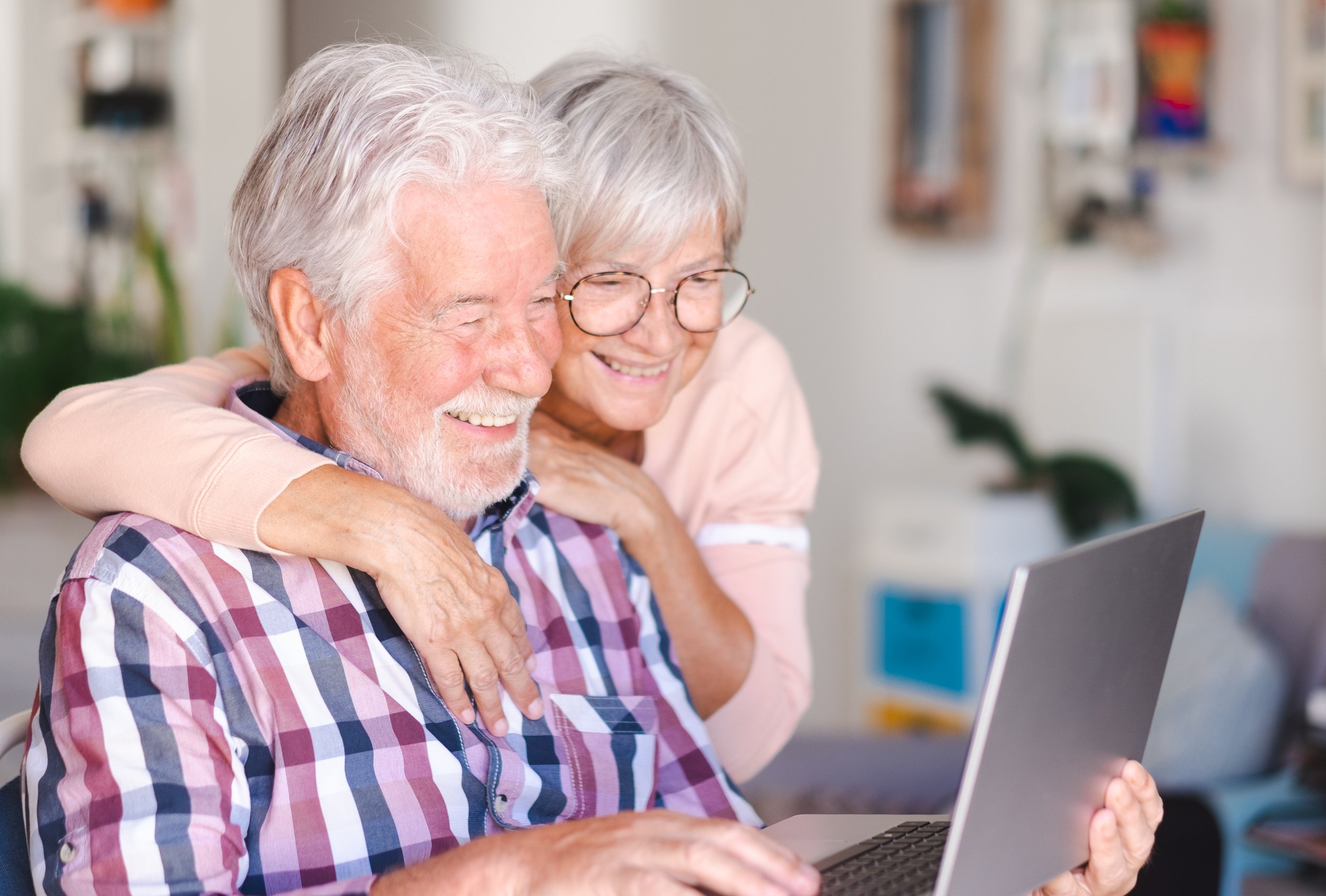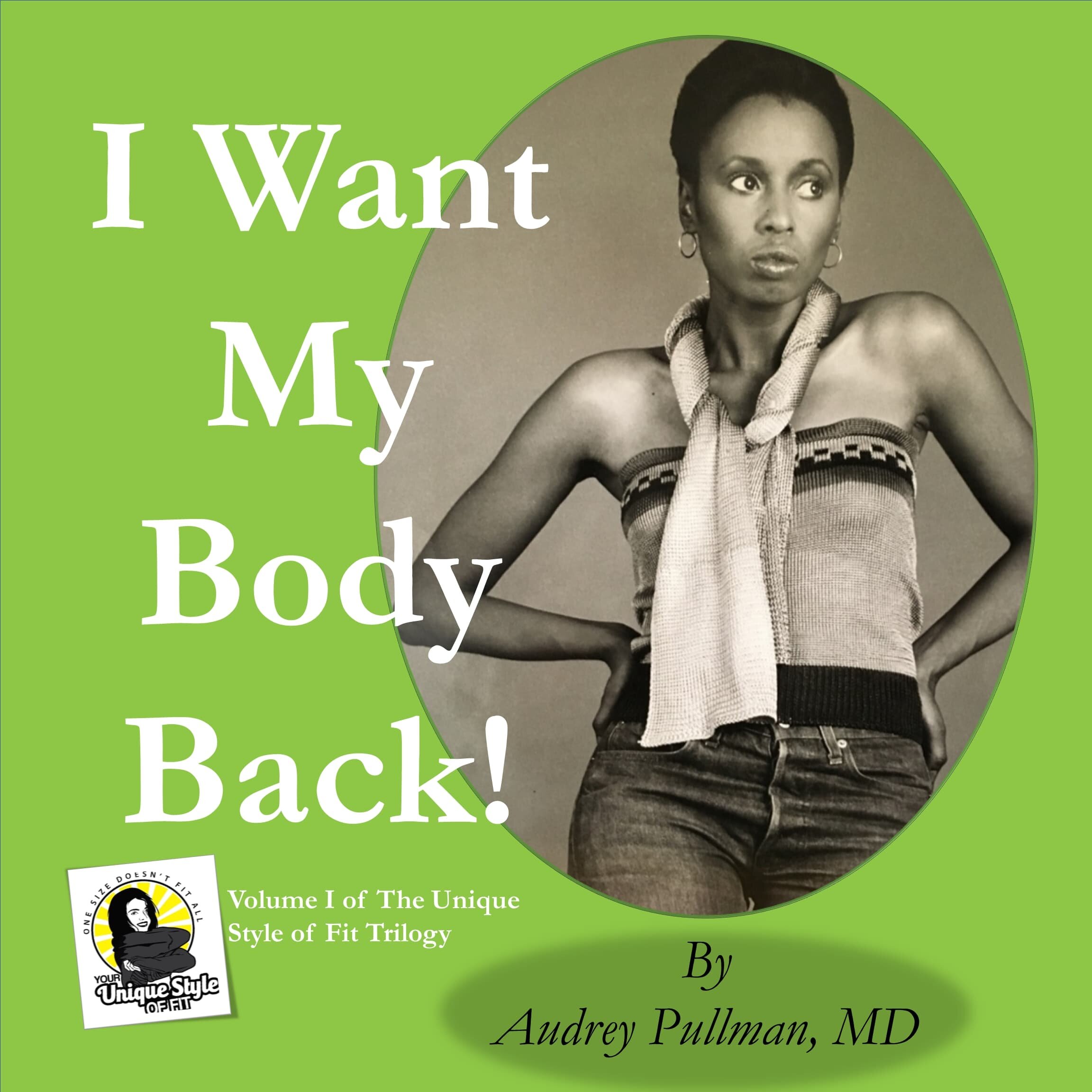ADDRESSING THE CAUSES OF AND TREATING TECH NECK
In today’s digital and mobile world, people rely heavily on technology for work, entertainment and communication. However, one unintended consequence of increasing screen time is a condition known as “tech neck” or “text neck.” As a pain management specialist, I have seen a marked increase in this condition over the years, and how it is affecting people of all ages.
Tech neck is a modern musculoskeletal condition that results from the strain placed on the neck, shoulders and upper back due to prolonged use of electronic devices such as smartphones, tablets and computers. It refers to the misalignment and strain caused by the forward head posture that people often adopt when looking at their screens for extended periods. Over time, this poor posture leads to chronic pain, stiffness and discomfort in the neck and upper back.
The term “tech neck” or “text neck” is often used interchangeably, though text neck specifically refers to the posture people adopt while looking down at their phones. Regardless of the term used, the result is the same: a strain on the neck and surrounding muscles that leads to significant pain and discomfort if left unchecked.
The early signs of tech neck often begin as mild discomfort but, if left unaddressed, quickly escalates into chronic pain. Symptoms include the following: neck pain or stiffness; pain across the shoulders; headaches; numbness or tingling; and reduced mobility.
When people lean forward or slouch while using their devices, the weight of the head is unsupported. This position increases the strain on the muscles and ligaments in the neck and upper back, leading to pain and discomfort over time.
With the widespread use of smartphones, tablets and laptops it is clear that people are spending more time than ever in front of screens. According to recent studies, the average person spends over six hours a day on a digital device, which significantly increases the risk of developing tech neck. Additionally, remote work and virtual learning, both of which became more common during the COVID-19 pandemic, have contributed to longer periods of screen time, further exacerbating the condition.
Children and teens are particularly susceptible to tech neck. With the rise of smartphones, tablets and laptops, younger generations are spending increasing amounts of time on these devices.
This poses a significant concern, as their bodies are still developing. Poor posture at a young age can lead to long-term musculoskeletal problems, including tech neck. Children and teens are also not as aware of the importance of taking breaks or maintaining good posture while using technology, which increases their risk of developing tech neck at an early age.
Certain careers and jobs are more susceptible to tech neck and contribute to lower back pain. Professions that involve long hours of sitting at a desk, working on a computer or using a smartphone are particularly problematic. Some of these careers include: office workers or people with “desk jobs;” drivers; healthcare professionals; and teachers, and police officers.
Additionally, individuals who frequently look down at their smartphones while commuting or during breaks also risk exacerbating tech neck and developing lower back pain.
The good news is that tech neck is preventable with some conscious changes to posture, device usage and lifestyle. In order to reduce risk, individuals should: maintain good posture; take breaks every 15 to 20 minutes; set up an ergonomic workstation; and avoid prolonged device use.
If left untreated, tech neck can lead to several serious issues, including:
Chronic neck pain: Ongoing strain can lead to persistent discomfort requiring medical intervention.
Cervical spine problems: Prolonged misalignment can cause herniated discs, nerve compression or degeneration of the cervical spine.
Poor posture: Tech neck is a contributor to long-term postural imbalances, leading to additional musculoskeletal problems, including shoulder pain and kyphosis (a rounded upper back).
Headaches: Tension headaches become more frequent and severe as a result of muscle tightness and poor posture.
Treatment for tech neck typically involves a combination of self-care strategies, physical therapy, and professional interventions. Here are some effective prevention tips:
Stretching and strengthening exercises: Regularly stretching the neck, shoulders and upper back relieves tension. Strengthening exercises for the core and back muscles also improves posture and reduce strain.
Physical therapy: A physical therapist will design a personalized program to address postural imbalances and provide specific exercises to relieve pain and prevent further injury.
Osteopathic Manipulative Treatment: Am osteopathic physician that uses a hands-on approach to treat mechanical pain using various techniques
Chiropractic care: Chiropractors help realign the spine and provide manual therapy to alleviate pain and improve posture.
Massage therapy: Therapeutic massage helps relax tight muscles and reduce pain associated with tech neck.
Tech neck is a growing concern in our digital age, affecting people of all ages and occupations. However, with awareness, prevention and early intervention, it is possible to reduce the risk and manage the condition effectively. People who experience pain related to the symptoms of tech neck should seek professional advice from their doctor or a pain management specialist.
By Dr. Bestin Kuriakose, New York Spine Institute
ABOUT THE AUTHOR:
Dr. Bestin Kuriakose is an interventional spine and pain management physician at New York Spine Institute. He specializes in minimally invasive procedures and innovative treatment modalities aimed at improving patient outcomes and quality of life. His clinical expertise lies in the management of musculoskeletal disorders, chronic pain, and neurological conditions, where he offers comprehensive care and specialized therapeutic interventions.
RADIANT SMILES: THE INTERSECTION OF COSMETIC DENTISTRY AND SELF-CONFIDENCE
Cosmetic dentistry isn't just about improving your smile; it's a journey towards self-confidence. In today's image-conscious world, the way your teeth look can play a significant role in how you feel about yourself.
Understanding Cosmetic Dental Procedures
Before diving into the specifics, let’s clarify what cosmetic dental treatments involve. They range from simple teeth whitening to complex procedures like dental veneers and orthodontics. Each treatment aims to enhance the aesthetic appeal of your teeth, contributing to a more vibrant smile and, by extension, a boost in self-esteem.
The Psychological Impact of a Smile
A captivating smile can be a game-changer. It can influence first impressions and boost your social interactions. For many, a bright, well-aligned set of teeth is tied closely to personal and professional success.
Real-Life Example: The Confidence Boost
Take, for instance, Sarah, a marketing professional. Before her cosmetic dental treatment, she often hesitated to smile in meetings or networking events, feeling self-conscious about her discolored teeth. After undergoing a professional whitening procedure, her confidence soared. Sarah's story isn't unique; it's a testament to the profound impact of cosmetic dentistry.
Choosing the Right Cosmetic Dental Treatment
When considering cosmetic dental treatments, it's crucial to understand the options available. The right choice depends on individual needs – whether it's correcting a dental imperfection or simply seeking a brighter smile.
Teeth Whitening: A Simple Yet Effective Option
One of the most popular and accessible treatments is teeth whitening. It's a quick way to refresh your smile, making a noticeable difference without invasive procedures.
Veneers: Transforming Smiles
For more significant changes, dental veneers can be a transformative option. They cover imperfections like gaps, chips, or misshapen teeth, providing a complete smile makeover.
The Role of Technology in Modern Cosmetic Dentistry
Advanced technology has revolutionized cosmetic dental treatments, making them more efficient and comfortable. Digital imaging, for example, allows dentists and patients to preview potential results before the treatment even begins.
Maintaining Your Cosmetic Dental Work
Post-treatment care is as important as the procedure itself. Proper oral hygiene, regular dental check-ups, and avoiding certain foods and habits ensure the longevity of your cosmetic dental work.
First-Hand Tips on Maintenance
From personal experience, I can vouch for the importance of maintenance. After getting veneers, I had to adjust my daily habits, like avoiding biting into hard foods directly with my front teeth. It’s a small change, but it helps preserve the integrity of the veneers.
The Cost Factor in Cosmetic Dentistry
Cost is a significant consideration in cosmetic dentistry. While some treatments are relatively affordable, others can be a considerable investment. However, the emotional and psychological benefits often justify the expense.
The Future of Cosmetic Dentistry
Looking ahead, the field of cosmetic dentistry is poised for even more advancements. New materials and techniques are continually being developed, promising even better results with less discomfort and time.
Final Thoughts
Cosmetic dentistry is more than just a series of dental procedures. It's a path to renewed self-confidence and a brighter, more engaging smile. With the right treatment, technology, and care, the dream of a perfect smile is within reach.
The journey to a radiant smile is not just about aesthetics; it's a step towards a happier, more confident you.
Written by:
Dr. Michael Yang obtained his Doctor of Dental Surgery degree from University at Buffalo, School of Dental Medicine. He is an expert in preventive and cosmetic dentistry at PerfectSmileDentalGroup.com
DISCOVERING ENLIGHTENING IDEAS FOR A BETTER LIFESTYLE
DISCOVERING ENLIGHTENING IDEAS
FOR A BETTER LIFESTYLE
Imagine waking up every morning with a renewed sense of purpose and passion. With a better lifestyle, you can make that dream a reality. A healthier body, a more mindful attitude, and a balanced approach to life are all key components to achieve this. But where do you start? The journey towards a better lifestyle begins with discovering enlightening ideas and incorporating them into your daily routine. Whether reading inspiring literature, attending a yoga class, or simply starting your day with a positive mindset, finding what works for you is the first step. So don't wait any longer.
7 ENLIGHTENING IDEAS FOR A BETTER LIFESTYLE
● Practice mindfulness
In today's fast-paced world, it's easy to get caught up in the chaos and lose sight of what's truly important. That's where mindfulness comes in. We can become more peaceful, aware, and fulfilled by intentionally focusing our thoughts and attention on the present moment. Practicing mindfulness isn't just a passing trend; it's a powerful tool that can transform our lives. From reducing discomfort and tension to improving our ability to connect with others, mindfulness can revolutionize how we approach every aspect of our lives. So why not give it a try today? You might be surprised at how much of a positive impact it can have on your overall well-being.
● Get enough sleep
Achieving a better lifestyle can seem like a daunting task, but if you're not getting enough sleep, then it's likely that you're not feeling your best. When we lack sleep, our bodies and minds suffer, and over time, this can have serious consequences. But the good news is getting enough sleep is an easy fix that can lead to profound changes in how we feel and function daily. When well-rested, we're better able to focus, stay alert, and maintain our energy levels throughout the day. Plus, a good night's sleep can work wonders for our mood, making us more patient, creative, and resilient. So, if you want to live a fuller, happier life, ensure you're getting enough sleep. Your body and mind will thank you.
● Eat a balanced diet
Eating a balanced diet is more than a fleeting trend or fad; it's a steadfast commitment to living a healthier and happier lifestyle. We all know the saying, "You are what you eat," which couldn't be more true. A balanced diet means consuming various foods from all the different food groups, such as fruits, vegetables, lean proteins, whole grains, and healthy fats. Not only does it provide us with the necessary nutrients and energy our bodies need, but it also helps reduce the risk of diseases such as diabetes, heart disease, and obesity, among many others. Making small changes to your daily eating habits can yield remarkable benefits to your overall health and well-being, making a balanced diet one of the most empowering and enlightening ideas.
● Find your passion
Discovering your passion is the key to living a fulfilling life. It’s a journey of exploration that allows you to discover your true purpose. Finding the things that bring you joy, energy, and motivation can create a lifestyle that reflects your unique self. Whether your passion is writing, painting, cooking, or something else entirely, it’s important to pursue it with dedication and enthusiasm. By doing so, you’ll find that life becomes more vibrant, exciting, and meaningful. Those passionate about exploring new horizons and experimenting with new experiences can now Shop Delta 8 Products for Sale and discover the world of CBD products that might help them enhance their hobbies even more.
● Practice gratitude
Sometimes, in the hustle and bustle of modern life, it's easy to forget the beauty that surrounds us and the gifts we've been given. That's why practicing gratitude can be such a powerful force. Rather than focusing on what we don't have, taking time to appreciate what we do can help us cultivate a more positive outlook and a deeper sense of joy and contentment. Whether jotting down a few things you're grateful for each day or simply taking a moment to reflect on all the blessings in your life, finding ways to practice gratitude can be one of the most worthwhile habits you'll ever develop. So why not try it and see how it can transform your life for the better?
● Connect with others
Human beings are social creatures. We thrive on connection. Think about it- the happiest moments in our lives are often shared with other people. That's why connecting with others is important for a better lifestyle. We must surround ourselves with people who uplift, inspire, and challenge us. A supportive community makes us feel more confident and empowered to pursue our dreams. And on a practical level, connecting with others is essential for our mental and emotional well-being. Through these connections, we gain perspective, feedback, and advice. So, to improve your life, start by nurturing your connections with the people around you.
● Pursue personal growth
Throughout life, we strive to find happiness and purpose in our everyday existence. One way to achieve this is to pursue personal growth. This notion of constantly growing as individuals and developing new skills, ideas, and knowledge can lead to a more fulfilling and enriching lifestyle. Embracing personal growth requires a willingness to step out of our comfort zones, challenge ourselves, and learn from good and bad experiences. It's a process of self-discovery that allows us to live more intentionally and with greater purpose. While the journey towards personal growth may not always be easy, the rewards can be life-changing. So, take the first step towards a better lifestyle and commit to your personal growth today.
FINAL THOUGHTS
As you incorporate these enlightening ideas into your daily routine, you'll notice a transformative shift in your overall lifestyle. The pursuit of wellness, education, and self-improvement can lead to a sense of fulfillment and joy. You'll find new insights and opportunities to grow by staying curious and open-minded. Living a better lifestyle also means taking care of yourself and those around you, whether it's through exercise, healthy eating, or kindness. Remember, it's never too late to discover enlightening ideas and make positive changes in your life. Start today and embrace a brighter future.
Written by Virginia Morrison
ALLEVIATING PRESSURE: HOW INFLATABLE CHAIRS REDUCE THE RISK OF PRESSURE ULCERS
Pressure ulcers, also known as bedsores, are a common concern for individuals who spend extended periods in a seated position. These ulcers can be painful, debilitating, and even lead to serious complications. However, innovative solutions such as inflatable chairs have emerged as a potential aid in alleviating pressure and reducing the risk of pressure ulcers.
This article will explore the benefits of inflatable chairs in pressure injury prevention, highlighting their role in providing comfort, distributing pressure, and enhancing overall well-being.
UNDERSTANDING PRESSURE ULCERS
Pressure ulcers are localized injuries when sustained pressure on the skin restricts blood flow to a particular area. This lack of blood flow can lead to tissue damage, which progresses to the formation of pressure ulcers. Common areas affected include bony prominences, such as the buttocks, hips, heels, and shoulders.
THE ROLE OF INFLATABLE CHAIRS
1. Pressure Redistribution: Inflatable chairs are designed to distribute pressure more evenly across the seated surface. These chairs often feature adjustable air chambers or cushions that can be inflated or deflated to accommodate individual preferences and body contours. By dynamically adjusting the air pressure, inflatable chairs help reduce pressure concentration in vulnerable areas, thus minimizing the risk of pressure ulcers.
2. Customised Comfort: The full range of air comfort chairs allow users to customize their seating experience for optimal comfort. Individuals can adjust the firmness and support levels of the chair to suit their unique needs. This adaptability helps alleviate discomfort and reduces the likelihood of prolonged pressure on any single area, decreasing the risk of pressure ulcers.
3. Moisture Control: Another crucial aspect of pressure ulcer prevention is managing moisture buildup. Inflatable chairs often incorporate materials that allow for breathability and moisture-wicking properties, helping to keep the skin dry and reducing the risk of skin breakdown. By addressing moisture-related concerns, inflatable chairs contribute to overall skin health and pressure ulcer prevention.
4. Portability and Versatility: Inflatable chairs are highly portable, making them suitable for various settings. They can be used at home, in healthcare facilities, or during travel, providing individuals with consistent pressure relief and comfort wherever they go. This versatility ensures that individuals at risk of pressure ulcers can always access preventive measures.
TIPS FOR USING INFLATABLE CHAIRS EFFECTIVELY
1. Proper Positioning: Correct positioning is essential to maximize the benefits of inflatable chairs. Individuals should ensure that their weight is evenly distributed across the chair's surface and that bony prominences are adequately cushioned. Regular adjustments and monitoring of seating positions are recommended to prevent prolonged pressure on any specific area.
2. Regular Movement and Shifts: While inflatable chairs aid in pressure redistribution, it is crucial to remember the importance of regular movement and positional changes. Encouraging individuals to shift their weight and adjust their posture periodically helps alleviate pressure and improves blood circulation, reducing the risk of pressure ulcers.
3. Skin Care Routine: Maintaining good skin hygiene and implementing a comprehensive skincare routine is essential. Regularly inspecting the skin for any signs of redness or breakdown, keeping the skin clean and moisturized, and using appropriate pressure-relieving cushions or overlays in conjunction with inflatable chairs can significantly contribute to preventing pressure ulcers.
Conclusion
Inflatable chairs have emerged as a valuable tool in preventing and managing pressure ulcers. However, it is important to remember that inflatable chairs are just one aspect of pressure ulcer prevention, and a holistic approach, including proper positioning, regular movement, and skincare, should be implemented.
MEDICATION-ASSISTED TREATMENT (MAT)
Medication-Assisted Treatment (MAT) is an addiction treatment that incorporates counseling, behavioral therapies, and medications to help people overcome substance use disorders. MAT is a practical and essential approach to addiction treatment. Let’s explore the benefits of MAT, the different types of medications used in MAT, and the challenges associated with this form of treatment.
Benefits of Medication-Assisted Treatment
Medication-assisted treatment (MAT) is more practical when compared to nonmedical approaches in bringing about better outcomes. A MAT program may be the best option if your addiction is severe enough to warrant detox.
Medication-assisted treatment therapy has many advantages, including:
Reduces withdrawal discomfort and appetite stimulation, making the withdrawal process more manageable.
Decreases the potential for fatal overdose.
Improves adherence to therapy with regulated, safer drugs.
Reduces drug abuse and, by extension, the risks and penalties associated with that behavior.
When combined with counseling conversations and behavioral therapy, it prevents recurrence.
Medications Used for Substance Abuse Disorders
Approval by the Food and Drug Administration (FDA) for multiple drugs to treat substance abuse is essential in medications for alcohol use disorder and opioid use disorder. These drugs correct the chemical imbalances brought on by withdrawal and psychological urges. The medications employed are not merely substitutes for one another. They include:
Medications for Alcohol Use Disorder(MAUD)
Medications such as acamprosate, disulfiram, and naltrexone are widely used to help those who suffer from alcoholism. They are most helpful for people actively engaged in a treatment program but do not cure the disorder.
Medications for Opioid Use Disorder(MOUD)
The most widely prescribed drugs for OUD treatment are buprenorphine, methadone, and naltrexone. These drugs effectively restore balance to the brain's chemistry, blocking the effects of euphoria by alcohol and opioids and alleviating cravings to restore normal bodily functioning—eliminating the adverse impact or feeling of euphoria from the initially induced substance.
Medication to Reduce the Risk of Opioid Overdose
Preventing an opioid overdose is possible with naloxone, which works by blocking the drug's effects. The World Health Organization (WHO) recognizes naloxone as a necessary drug for a successful healthcare system.
Challenges of Medication-Assisted Treatment
Most drugs used in MAT are opiates, which are highly addictive. The medication can cause several problems, such as:
Abusing the drugs by selling them to people who use them for fun. Patients should only use MAT during the first few weeks of detox and early withdrawal.
Physical dependence. People who use MAT tend to rely on medication as their primary treatment instead of working to heal the psychological and emotional problems that lead to addiction.
The drugs could also lead to different side effects depending on the user.

























